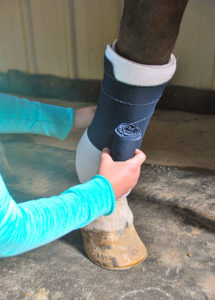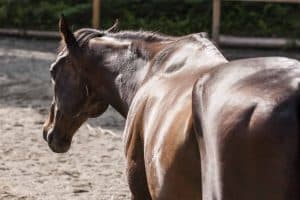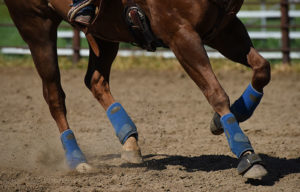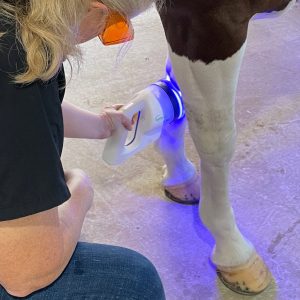Using the Twitch Properly
I attended a short course on horse behavior at New Bolton Center where you explained how a twitch works and your recommendations for how to use it most effectively. It seemed to make so much sense why sometimes it works and sometimes it doesn’t, and especially why horses can get to hate the twitch. Can you describe that in your column in The Horse magazine so I can show my employees and refer friends to their web site? I think it would be helpful if you could show the timeline for the endorphins that are released when the twitch is used. Also, please go over the part about how to fix a horse that is difficult or impossible to twitch.
AThanks for remembering. I looked over my presentation and will try to summarize it. I find it easier to demonstrate using a twitch than to describe in words, but here goes.
How does a twitch work? 
The twitch works in three ways; it’s important to understand how and when each applies. The figure above right schematically depicts some important features of how the twitch works. This is based on research we did here in the Behavior Lab at New Bolton Center more than 10 years ago. The first way a twitch works is by providing some minor physical restraint. The twitch, whether the pliers type (called a humane twitch) or the rope and pole type (often called a rope or chain twitch because of the loop that is twisted around the fleshy part of the nose), holds the head from moving as much. Some horses can be held in place by a twitch, but any horse that tries can easily break away from the restraint
Create a free account with TheHorse.com to view this content.
TheHorse.com is home to thousands of free articles about horse health care. In order to access some of our exclusive free content, you must be signed into TheHorse.com.
Start your free account today!
Already have an account?
and continue reading.












